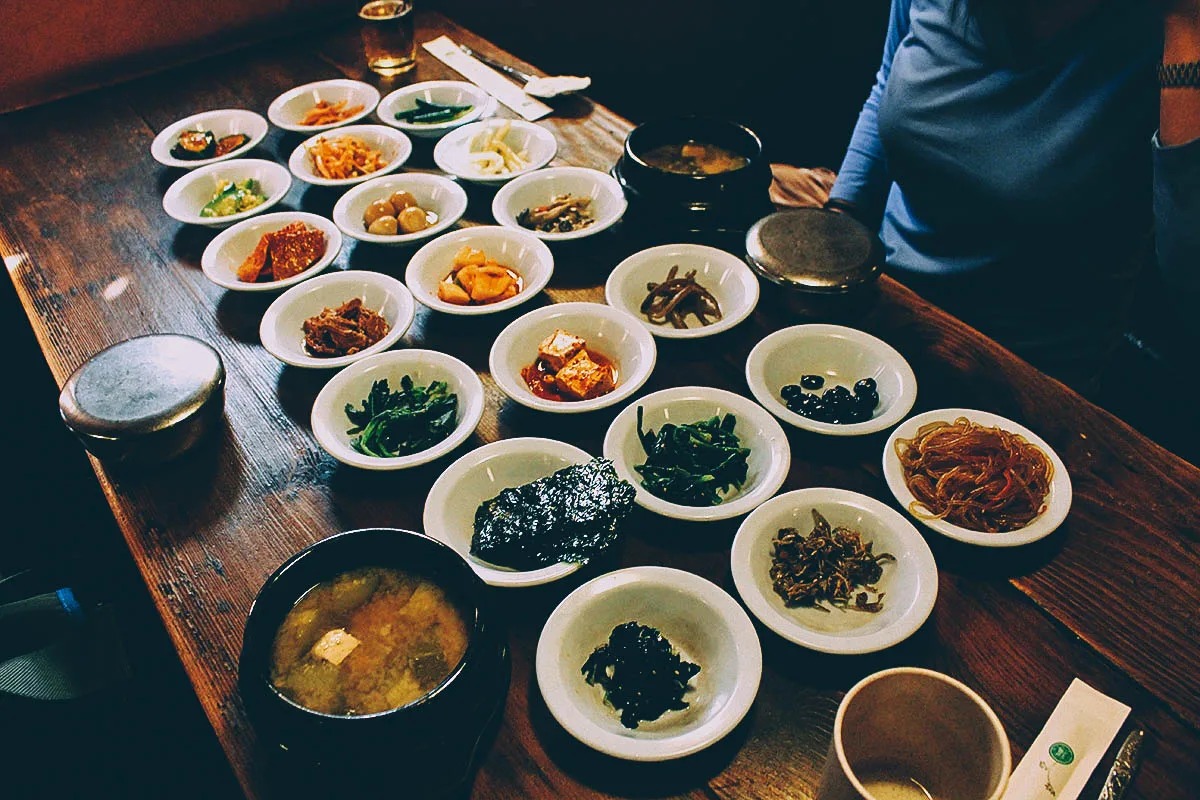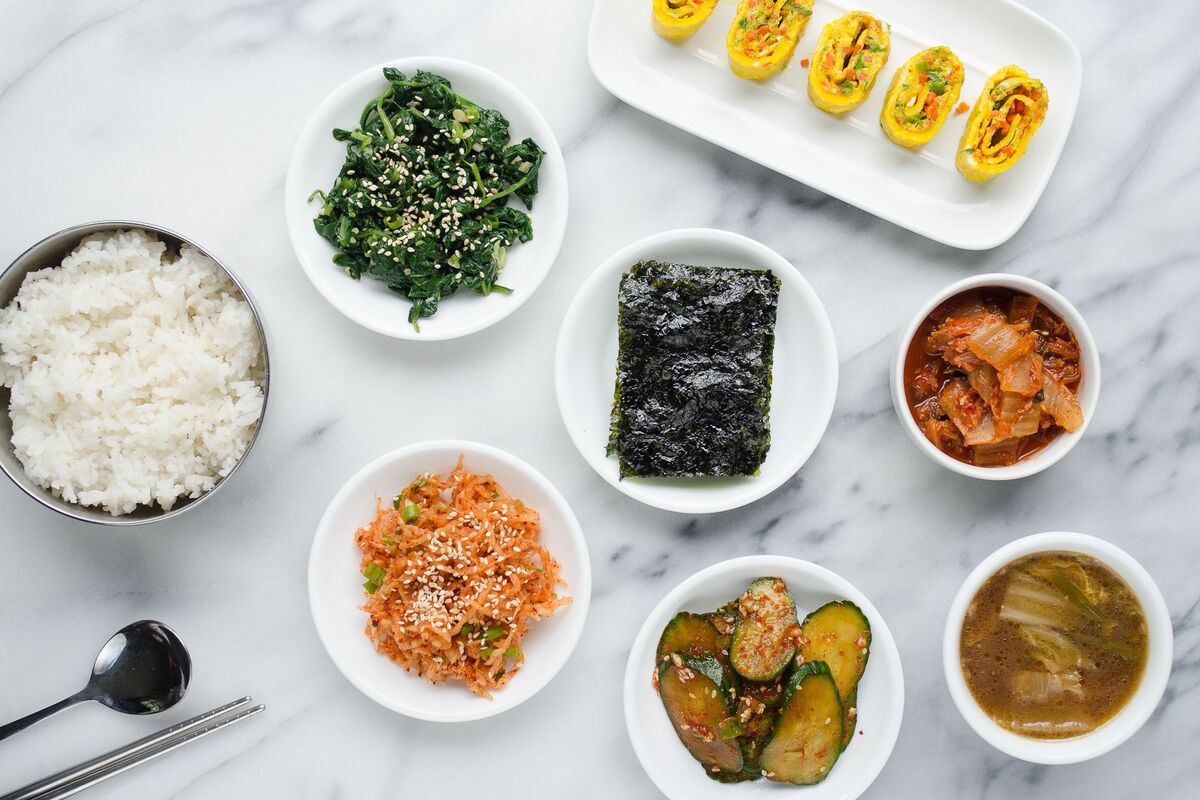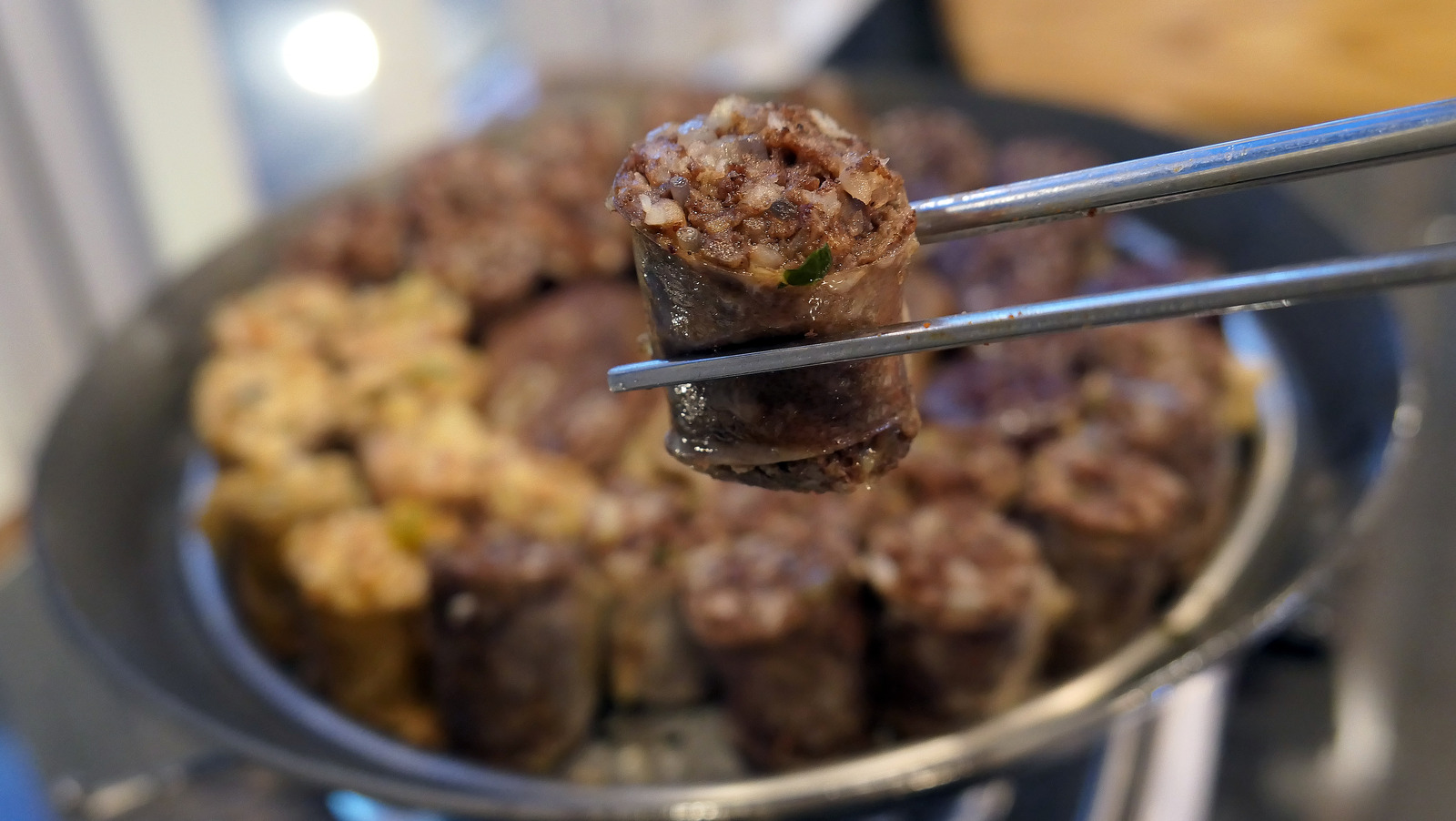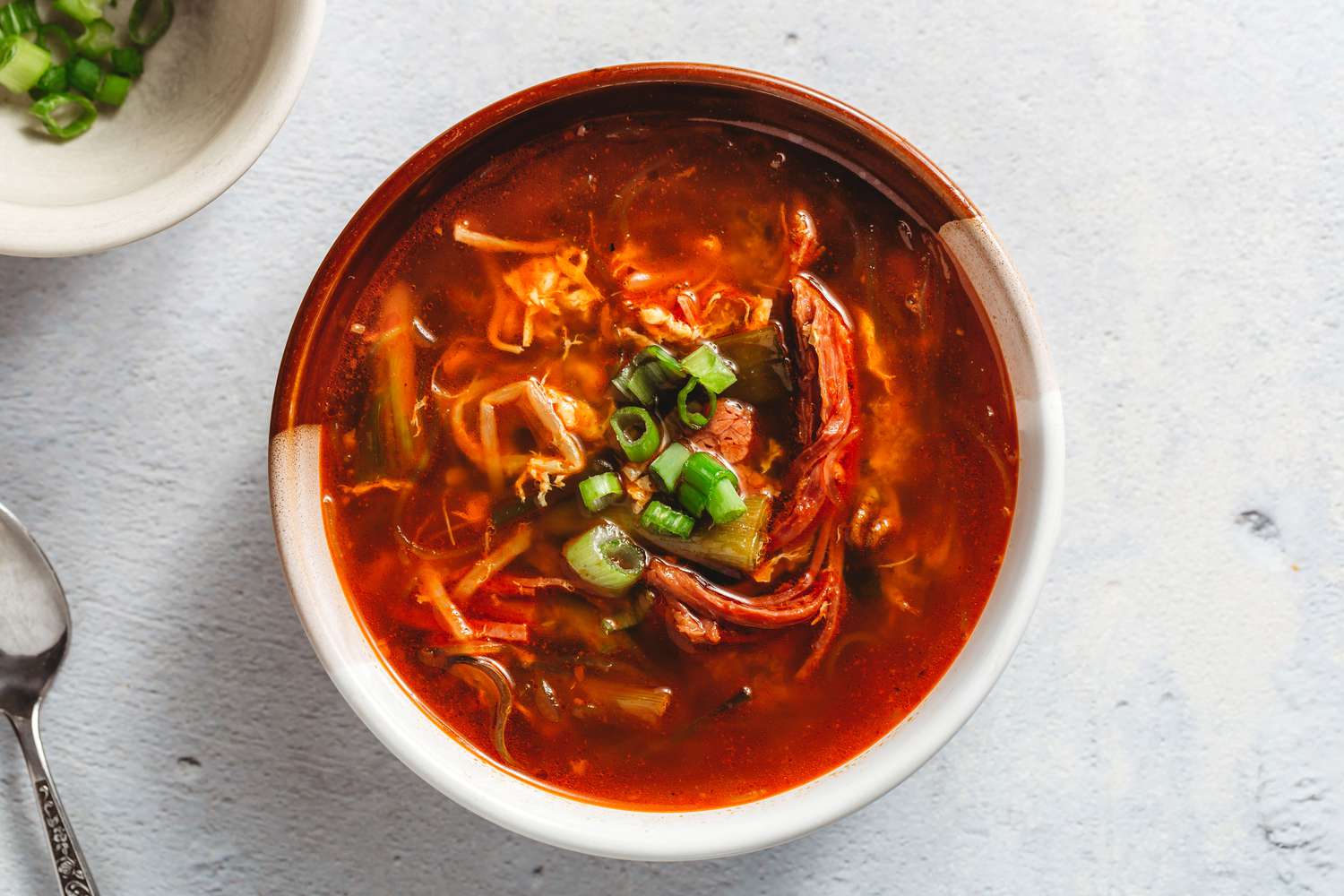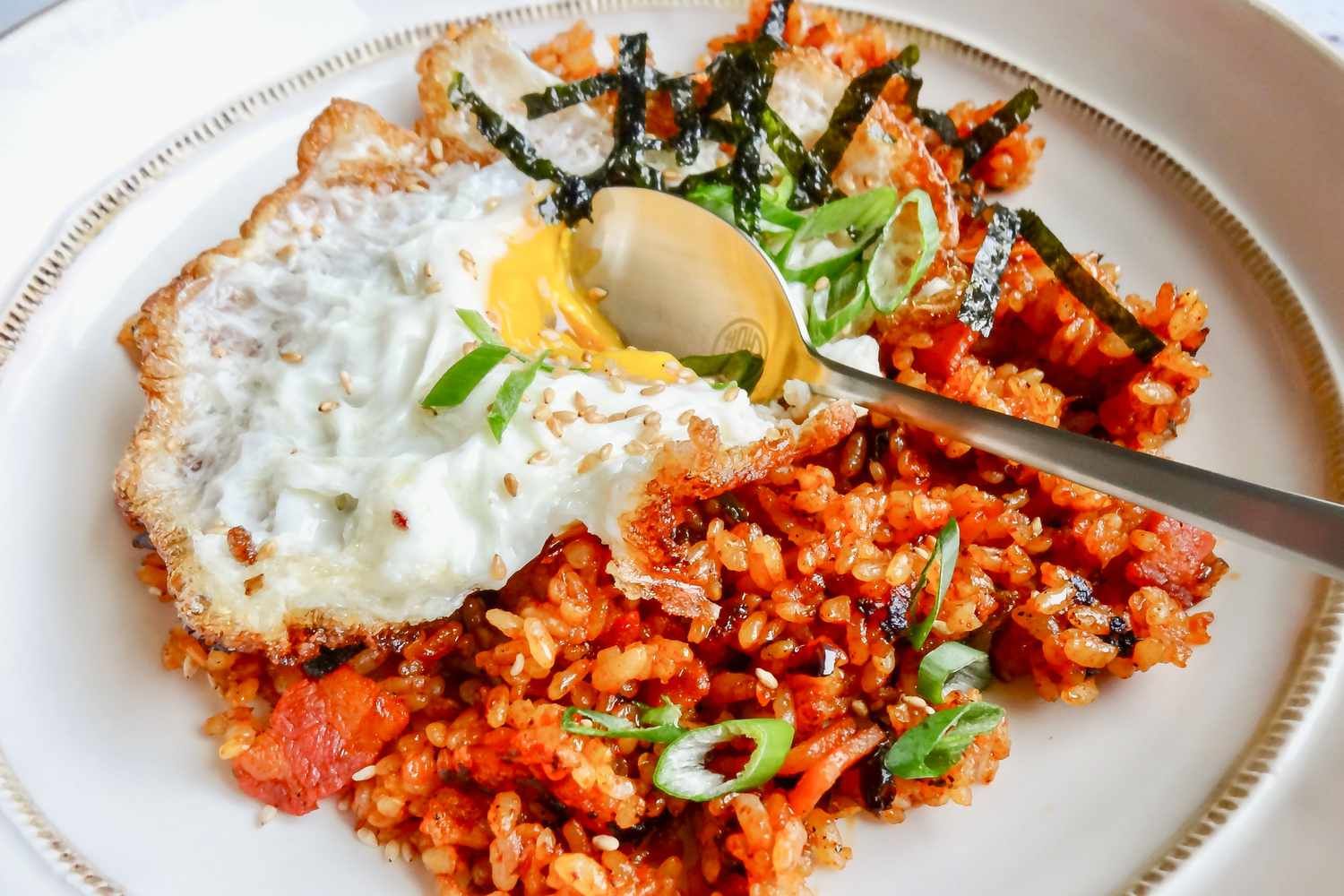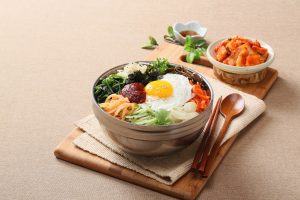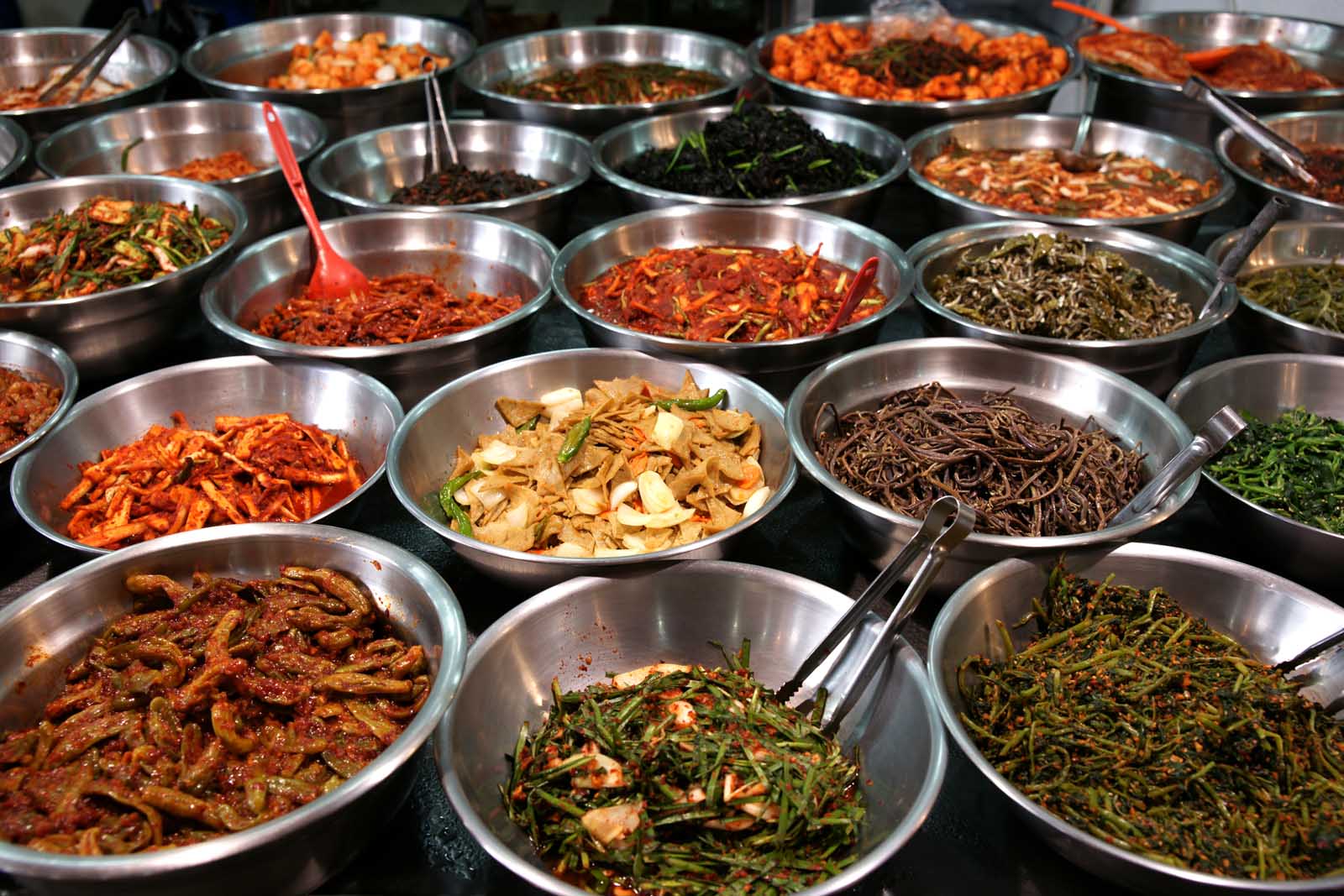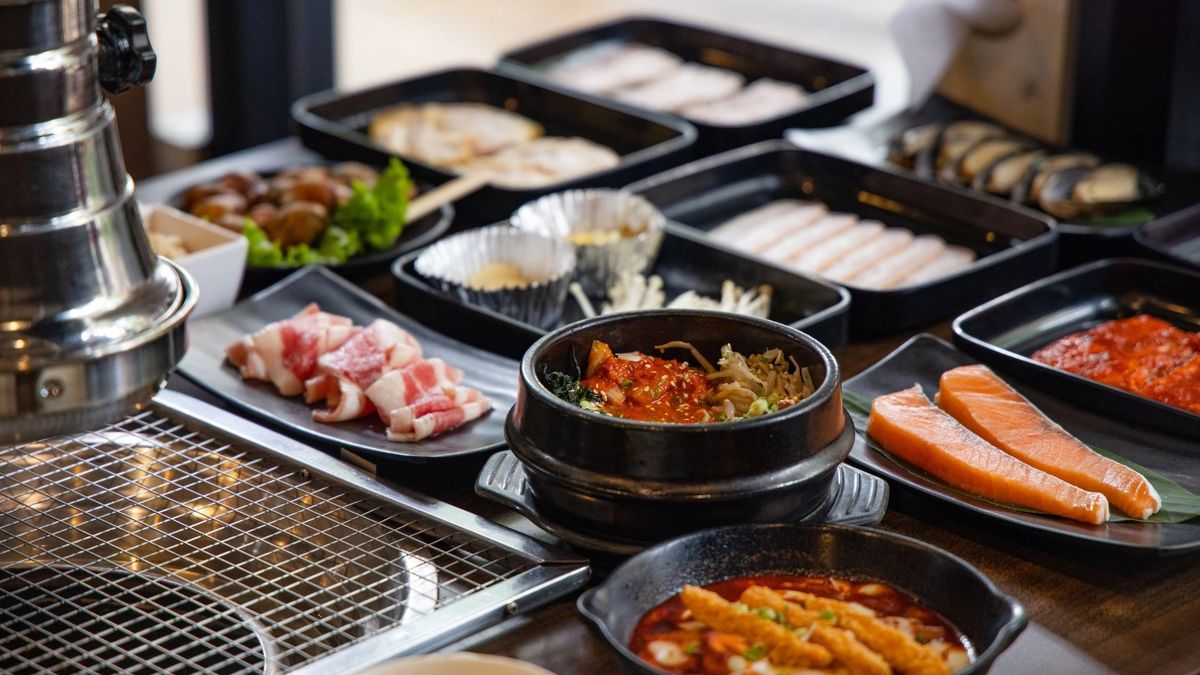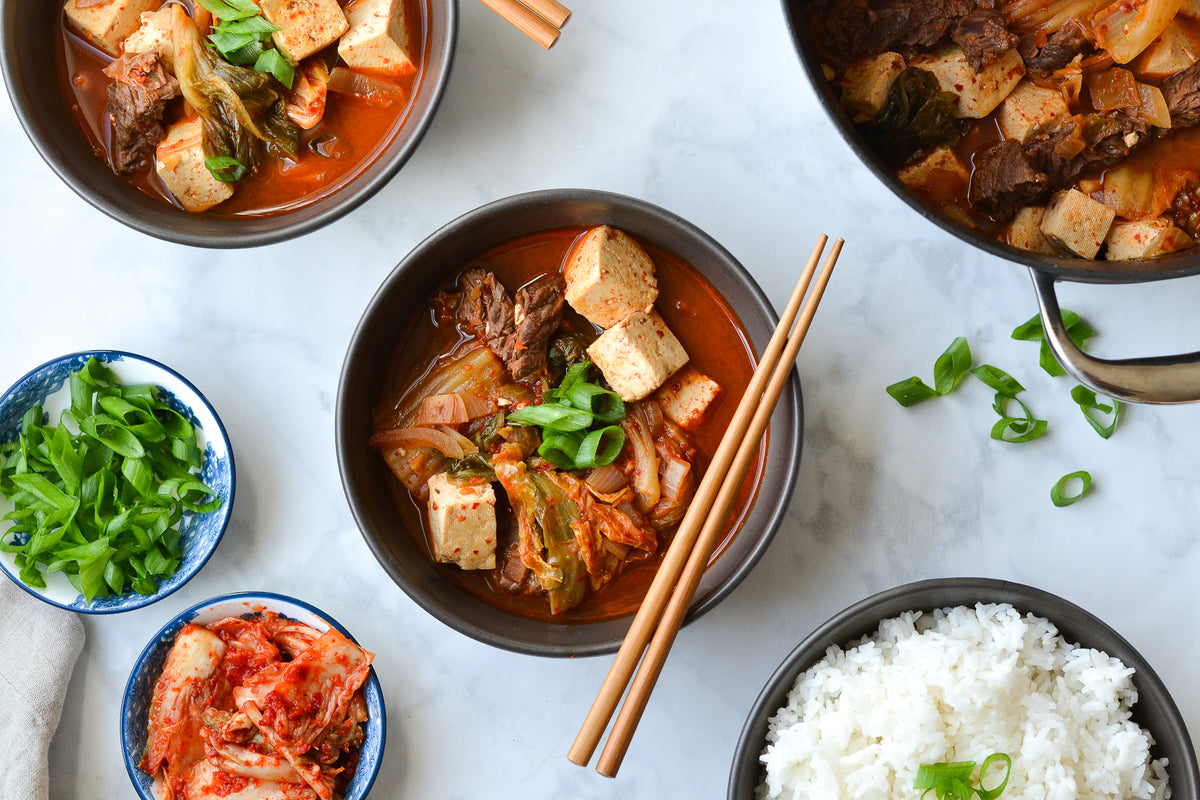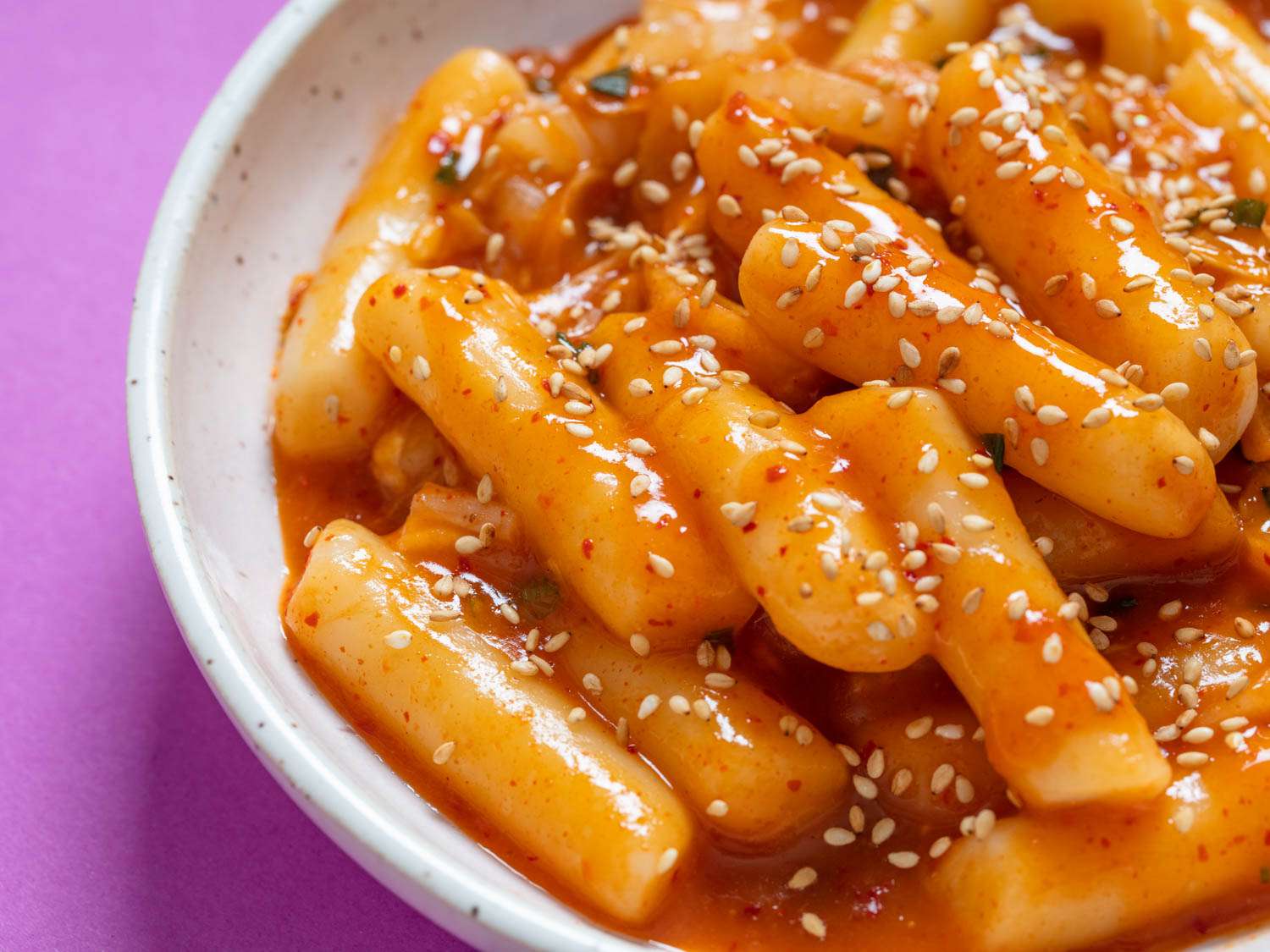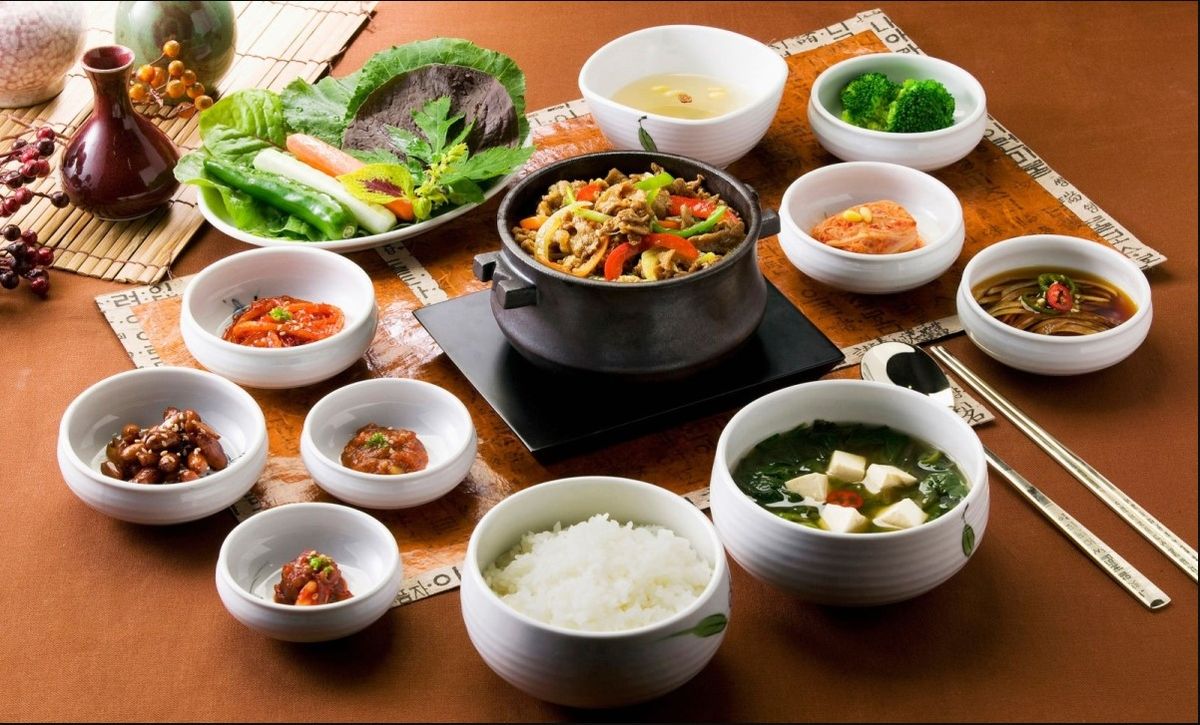Enjoying Korean Small Dishes
When it comes to Korean cuisine, one of the most delightful experiences is enjoying a variety of small dishes, known as banchan. These dishes are typically served alongside the main meal and offer a range of flavors and textures to complement the overall dining experience. If you’re new to Korean small dishes or simply looking to enhance your enjoyment of them, here are some tips on how to eat and appreciate these delectable offerings.
Embrace Variety
One of the key aspects of enjoying Korean small dishes is embracing the variety they offer. From kimchi (fermented vegetables) to namul (seasoned vegetables) and jeon (pan-fried dishes), there is a wide array of banchan to sample. Embrace the opportunity to try different flavors and textures, and don’t be afraid to step out of your comfort zone to discover new favorites.
Pairing with the Main Course
While banchan are meant to be enjoyed alongside the main course, there are no strict rules about how to pair them. Feel free to experiment with different combinations to find what works best for your palate. For example, pairing spicy kimchi with a mild soup or stew can create a delightful contrast of flavors, while enjoying savory jeon with rice can provide a satisfying balance.
Sharing and Community
In Korean culture, sharing food is a way of fostering community and connection. When dining with others, consider offering and sharing small dishes as a gesture of goodwill and camaraderie. This communal approach to dining adds an extra layer of enjoyment to the experience of eating Korean small dishes.
Appreciating the Flavors
Take the time to appreciate the flavors of each banchan. Whether it’s the tangy, fermented notes of kimchi or the subtle seasoning of namul, each dish has its own unique profile. Pay attention to the ingredients and seasonings used, and savor the intricate flavors that make Korean small dishes so special.
Etiquette and Manners
When enjoying Korean small dishes, it’s important to observe traditional dining etiquette. Use chopsticks or a spoon to serve yourself from shared plates, and be mindful of not double-dipping utensils after they have touched your mouth. These small gestures show respect for the food and the dining experience.
Experimenting with Combinations
Part of the fun of eating Korean small dishes is experimenting with different combinations. Mix and match banchan to create your own personalized flavor experiences. For example, wrapping grilled meat in a crisp lettuce leaf with a dollop of seasoned ssamjang can create a delicious and satisfying bite.
Conclusion
Enjoying Korean small dishes is not just about the act of eating, but also about the experience of exploring new flavors, sharing with others, and embracing a communal approach to dining. By embracing variety, appreciating flavors, and observing dining etiquette, you can elevate your enjoyment of banchan and gain a deeper appreciation for Korean cuisine as a whole.
So, the next time you sit down to a Korean meal, take the opportunity to savor each small dish and embrace the rich tapestry of flavors that Korean cuisine has to offer.
